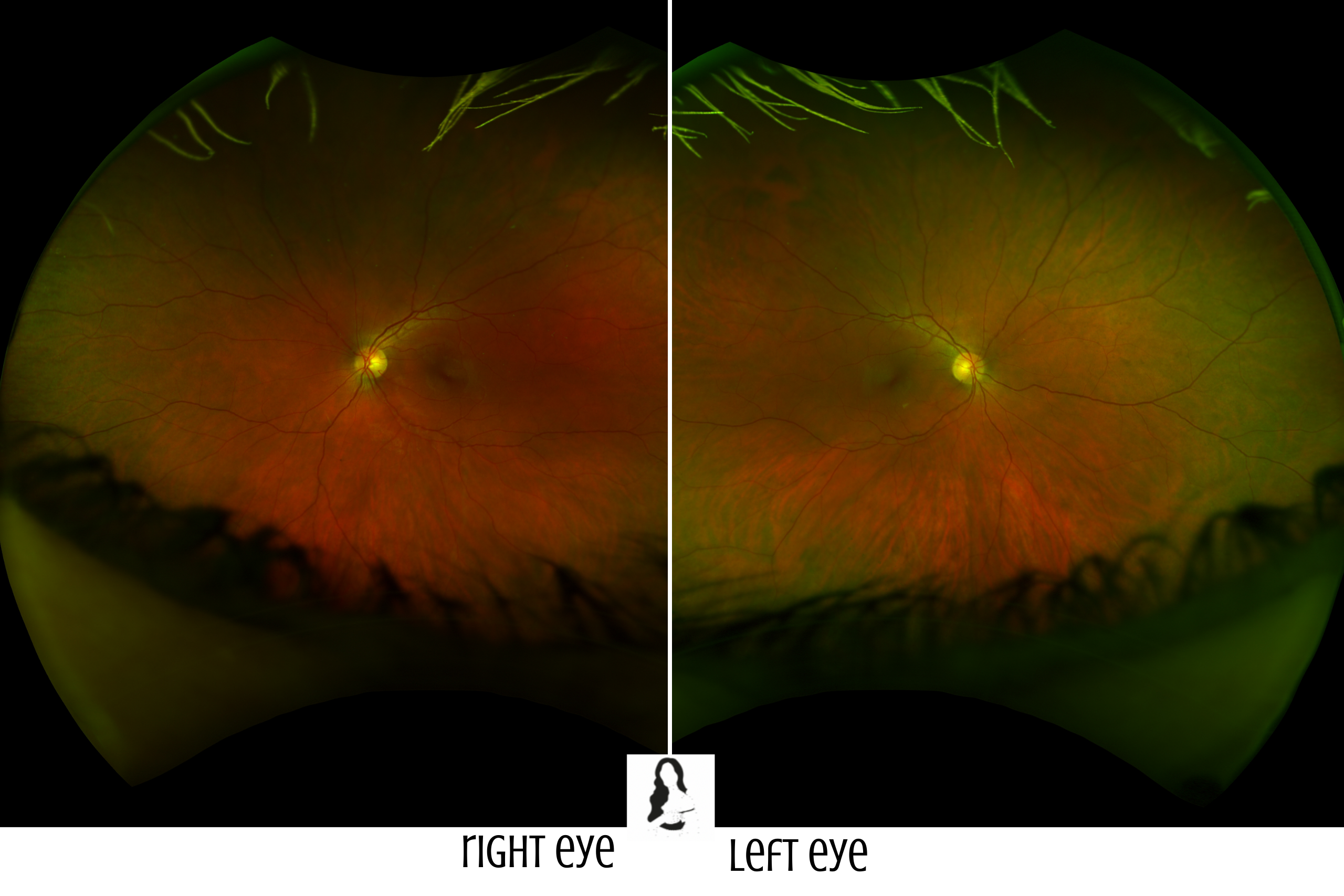Went for an eye appointment August 27th 2020, to see if my eyes were healthy! To see if my eyes were developing melanoma. Thankfully, they’re both healthy.
Most eye melanomas form in the part of the eye you can’t see when looking in a mirror. This makes eye melanoma difficult to detect. In addition, eye melanoma typically doesn’t cause early signs or symptoms. By doing preventative measures, this can change so much. Just like skin checks, we must be doing eye checks. Have you done an eye check this year?
A few symptoms:
•A sensation of flashes or specks of dust in your vision (floaters)
•A growing dark spot on the iris
•A change in the shape of the dark circle (pupil) at the center of your eye
•Poor or blurry vision in one eye
•Loss of peripheral vision
Here is 6 tips you can be aware of, to look for, while doing your at home skin checks!
- Making sure you’re aware of even the hard to reach spots.
- Having someone check your scalp for you.
- Check your eye, for discoloration or a brown spot/line on the eye. Its very important, we are checking out everything!
- Skin is the largest organ of the body, plus your eyes, toes, fingernails can be locations we forget to check.
- It takes commitment and it’s a habit we should always have in our routine!
- Skin cancer can be prevented & if caught early, curable! Do your self the favor, be aware at all times!
 photo from- aimatmelanoma.com
photo from- aimatmelanoma.com
What is Ocular melanoma? its most often affects the middle layer of your eye (the uvea), which includes the colored portion (the iris), the muscle fibers around the lens (ciliary body), and the layer of blood vessels that lines the back of the eye (choroid).
Melanoma can also develop in the conjunctiva, the clear tissue that covers the white part of the eye and the inside of the eyelids. Melanoma that develops in the choroid, iris or ciliary body is called uveal melanoma, and melanoma that develops in the conjunctiva is called conjunctival melanoma. Although both develop in the eye, these two diseases are biologically and clinically different from one another, and both are very different from the more common form of melanoma occurring on the skin.

